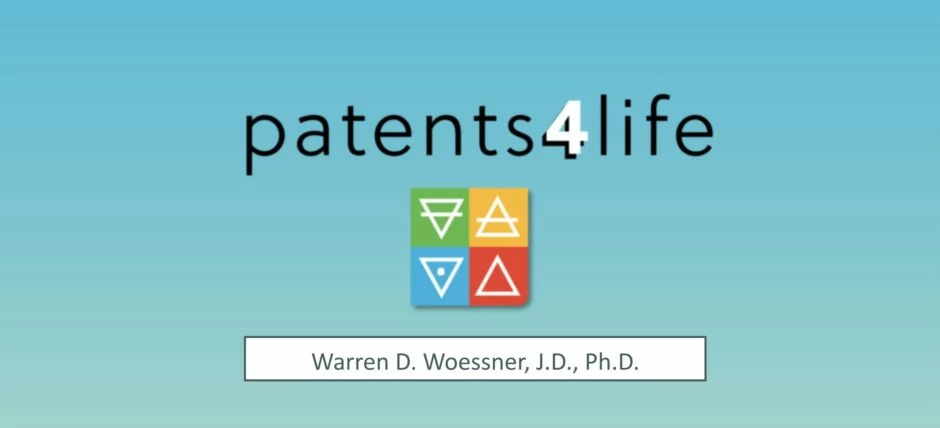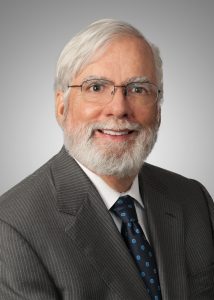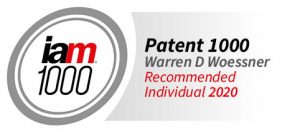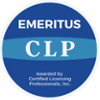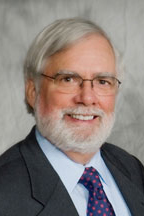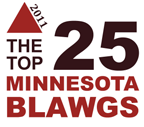Last year, in a lengthy split decision, a Fed. Cir. panel affirmed the district court’s ruling that four “add-on” patents that Acorda owned were invalid as obviousness in view of a number of prior art references (Acorda Ther., Inc. v. Roxanne Labs., Inc., Appeal No. 2017-2078, 2017-2134 (Fed. Cir., Sept. 10, 2018). An earlier Elan patent licensed to Acorda was held to be valid and infringed, but it expired on July 30, 2018 (U.S. Pat. No. 5,540,938). This patent broadly claimed the use of a sustained release dosage form or 4-aminopyridine (4-MP) to treat multiple sclerosis (MS). On April 4th, surely encouraged by Judge Newman’s dissent, Acorda petitioned the Supreme Court for a writ of cert.
Acorda’s patents comprised “regimen- type claims” that specified that 4-MP should be administered (a) in a 10 mg dose twice a day (2) at that stable dose for the entire treatment period of at least 2 weeks (3) to achieve 4-MP serum levels of 15-35 ng/ml and (4) to improve walking by MS patients. Acorda received FDA approval to market 4-MP as Ampyra(c) and the four patents, e.g., U.S. Pat. No. 8,007,826 were listed in the Orange Book.
